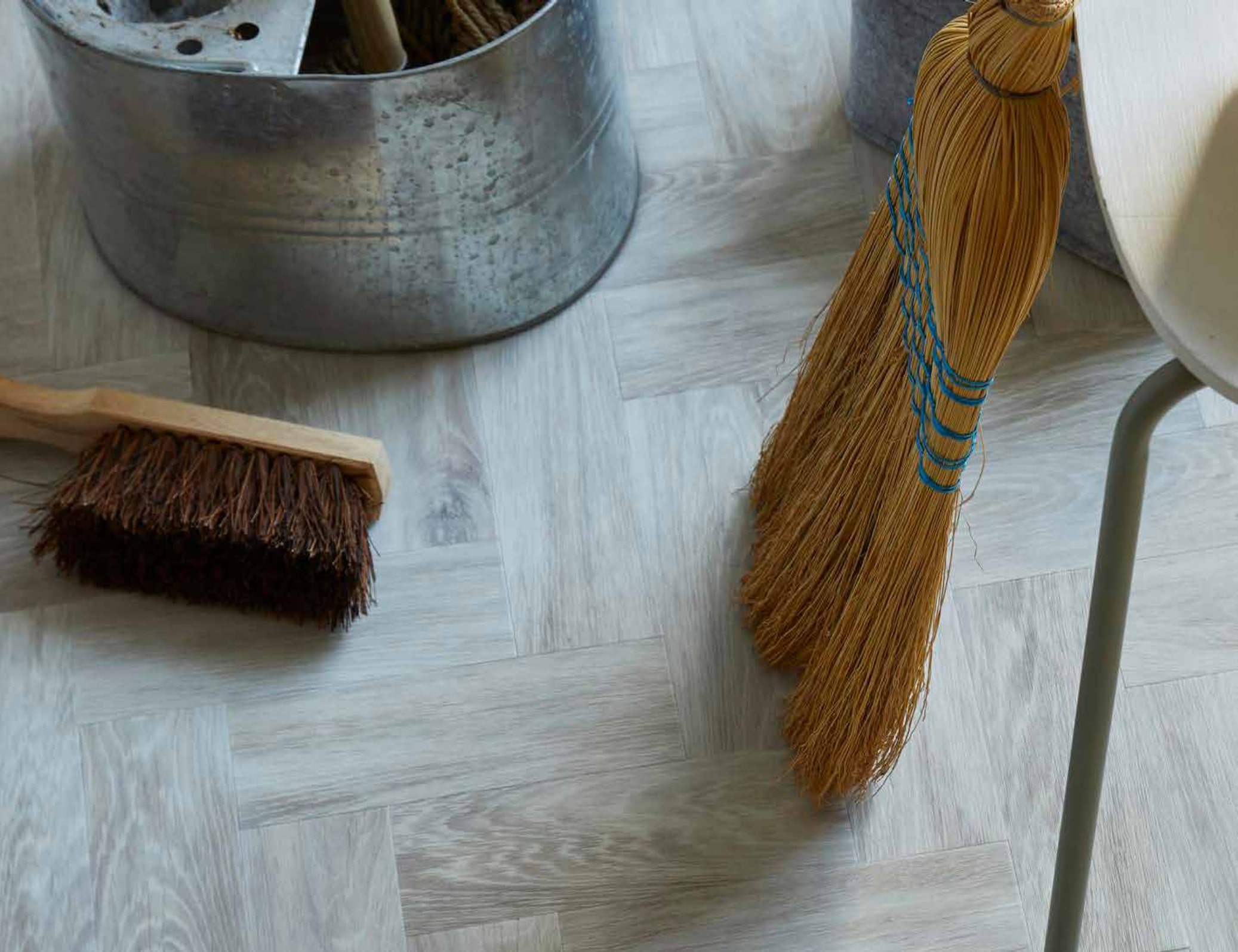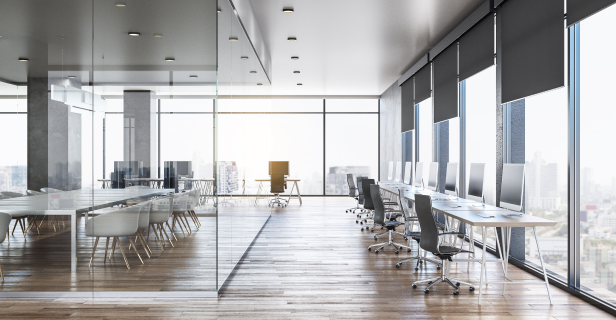Key Components
Moisture Testing
Moisture testing is essential to ensure that the subfloor is dry enough to support the new flooring, especially for materials like vinyl, laminate, wood that can be sensitive to moisture. Excess moisture in the subfloor can lead to issues like warping, swelling, mold growth, and adhesive failure.
Types of Moisture Tests:
- Calcium Chloride Test: Measures the moisture vapor emission rate (MVER) from the subfloor over a specific period. A moisture barrier may be needed if the MVER exceeds acceptable limits.
- Relative Humidity (RH) Testing: Involves drilling into the subfloor to measure the internal moisture levels. This is particularly useful for concrete subfloors.
- Electronic Moisture Meters: Used to measure the moisture content of wood subfloors and other porous materials.
Concrete Subfloors
Concrete is porous and can absorb moisture from the ground. Testing ensures that any excess moisture is addressed before installing flooring materials.
Wood Subfloors
Wood can swell and warp when exposed to moisture. It’s crucial to ensure that the wood’s moisture content is within the acceptable range (typically between 6-12%) before proceeding with installation.

Subfloor Cleaning and Repair
The subfloor must be clean, dry, and smooth before the installation of any flooring material. This includes removing dust, dirt, oils, wax, adhesives, and any other contaminants that could interfere with adhesion or cause unevenness. Cracks, holes, or low spots in the subfloor should be repaired with a leveling compound or filler to ensure a flat and even surface. Debris or imperfections in the subfloor can cause visible bumps or seams, especially with materials like vinyl or laminate, which are less forgiving of uneven surfaces.
Surface Leveling
A level subfloor is critical for ensuring that the flooring material lies flat and securely. Uneven surfaces can lead to premature wear, squeaking, and an uncomfortable feel underfoot. For minor unevenness, a self-leveling compound can be applied to smooth out the subfloor. For larger imperfections, grinding or sanding may be necessary. A spirit level or laser level can be used to check the flatness of the subfloor. Generally, a subfloor should not have variations greater than 3/16″ over a 10-foot span, though this requirement may vary depending on the flooring type.
Priming
Some subfloors, especially those with high porosity, may require a primer before flooring installation. Priming helps seal the subfloor and improves the adhesion of flooring adhesives, particularly for vinyl, tile, or carpet installations. It also helps in binding dust particles and creating a more stable surface for the flooring materials.
